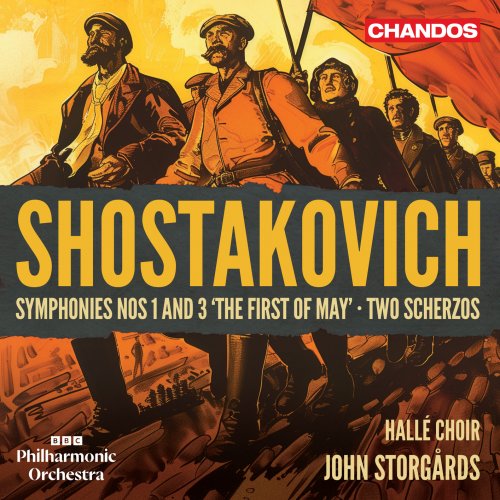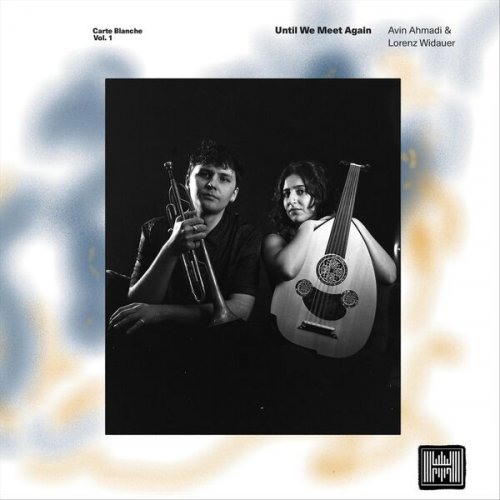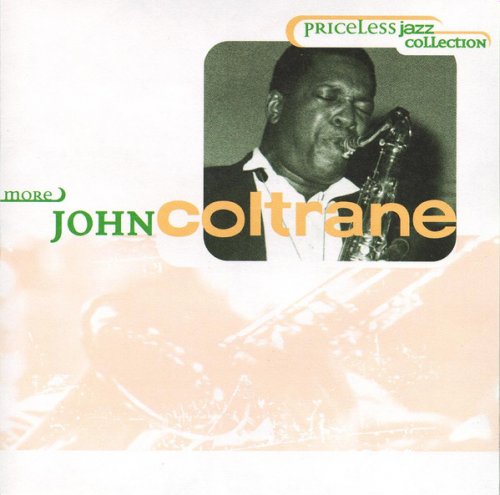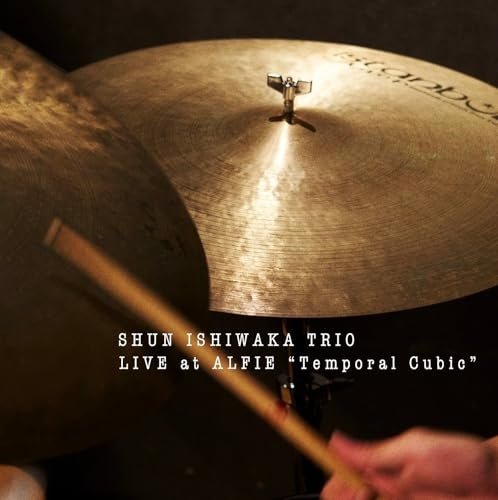BBC Philharmonic Orchestra & John Storgårds - Shostakovich: Symphonies Nos. 1 & 3 "The First of May"; Two Scherzos (2025) [Hi-Res]

Artist: BBC Philharmonic Orchestra, John Storgårds
Title: Shostakovich: Symphonies Nos. 1 & 3 "The First of May"; Two Scherzos
Year Of Release: 2025
Label: BIS
Genre: Classical
Quality: FLAC (tracks) / 24bit-96kHz FLAC (tracks+booklet)
Total Time: 01:14:58
Total Size: 284 MB / 1.25 GB
WebSite: Album Preview
Tracklist:Title: Shostakovich: Symphonies Nos. 1 & 3 "The First of May"; Two Scherzos
Year Of Release: 2025
Label: BIS
Genre: Classical
Quality: FLAC (tracks) / 24bit-96kHz FLAC (tracks+booklet)
Total Time: 01:14:58
Total Size: 284 MB / 1.25 GB
WebSite: Album Preview
1. Shostakovich: Scherzo, Op. 1 (5:01)
2. Shostakovich: Scherzo, Op. 7 (4:03)
3. Shostakovich: Symphony No. 1, Op. 10: I. Allegretto (9:14)
4. Shostakovich: Symphony No. 1, Op. 10: II. Allegro (5:01)
5. Shostakovich: Symphony No. 1, Op. 10: (9:31)
6. Shostakovich: Symphony No. 1, Op. 10: IV. Allegro molto (9:27)
7. Shostakovich: Symphony No. 3, Op. 20: I. Allegretto (2:59)
8. Shostakovich: Symphony No. 3, Op. 20: II. Allegro (2:05)
9. Shostakovich: Symphony No. 3, Op. 20: III. Più mosso (1:54)
10. Shostakovich: Symphony No. 3, Op. 20: IV. Allegro (4:35)
11. Shostakovich: Symphony No. 3, Op. 20: V. Andante (5:31)
12. Shostakovich: Symphony No. 3, Op. 20: VI. Allegro (7:04)
13. Shostakovich: Symphony No. 3, Op. 20: VII. Andante (4:06)
14. Shostakovich: Symphony No. 3, Op. 20: VIII. Moderato (4:35)
For this, the fifth instalment of his Shostakovich symphony cycle, John Storgrds turns to some of the earliest of the composers orchestral output, works which Shostakovich largely wrote during his student years. The orchestral scherzo was a favourite task set by composition tutors of the time: the relatively simple form still demands that the student produce contrasting material for the outer and central sections, and manage the transitions effectively. Unsurprisingly, the form looms large in the early works of Shostakovich, as well as Stravinsky, Bartk, and many others. The two examples recorded here show the young composers ability and style, although not yet perhaps a distinct compositional voice. They do both share links with the later First Symphony, however, which was composed as a graduation test in composition from the Petrograd Conservatoire. Shostakovich spent two years working on it, but the Symphony he eventually produced was an instant success, marking him out as a Boy Wonder among Soviet composers. Written four years later, the Third Symphony evidences not only the rapid development of Shostakovich as a composer, but the equally rapid change in the world he inhabited. He passed the newly required examination in Marxist ideology in December 1926, and managed to extend his registration as a postgraduate student at Leningrad Conservatoire until early 1930. He submitted the symphony with the explanation that it expresses the festive spirit of peaceful construction. At this early stage of the first of Stalins Five-Year Plans, he already demonstrated his realisation that political spin would be crucial to his creative survival.








